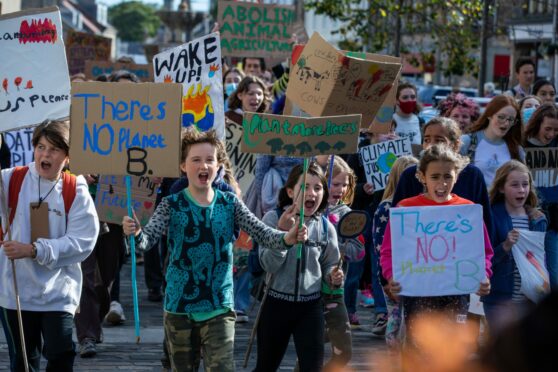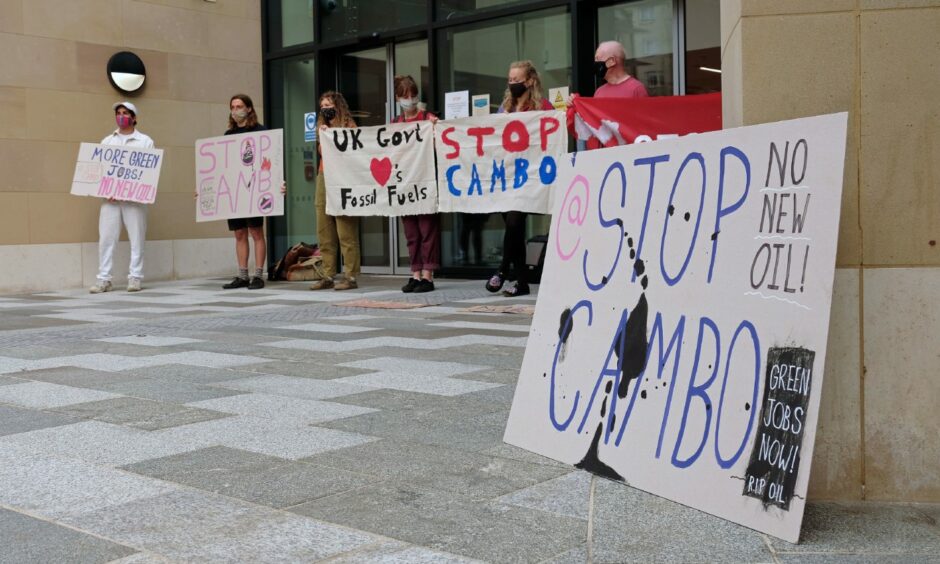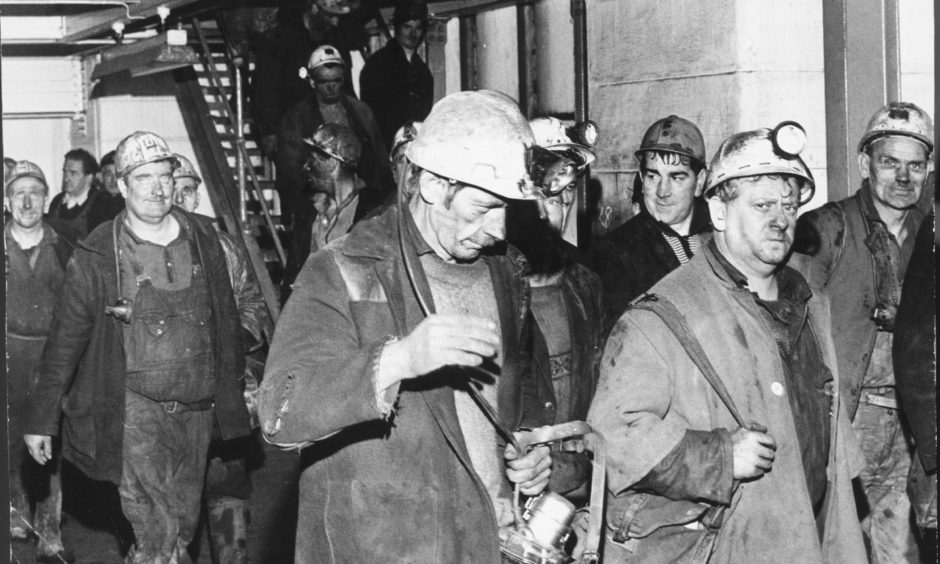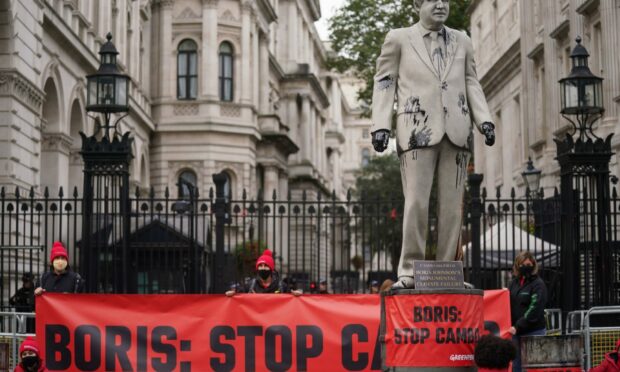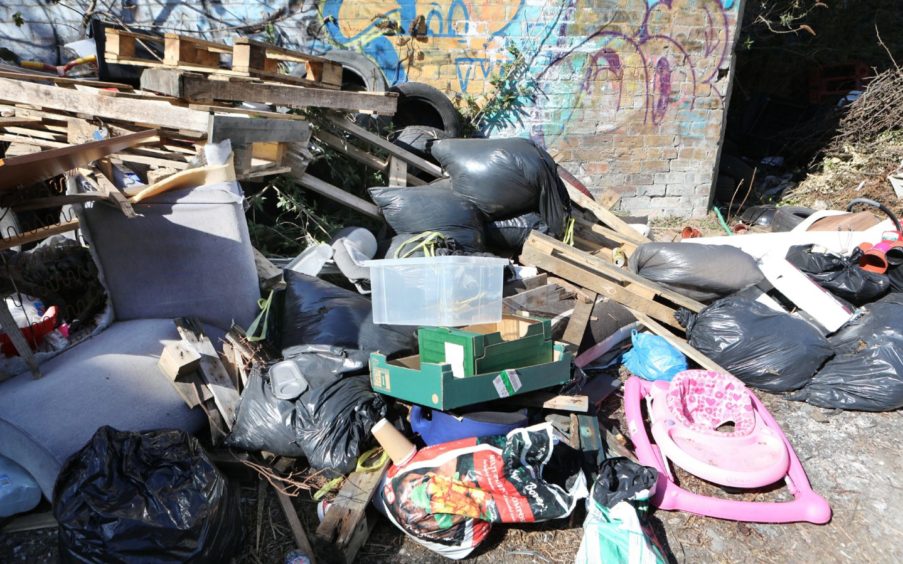Not for the first time, Nicola Sturgeon highlighted the relative position of Scotland’s most northerly regions to the Arctic and how they are closer to the Circle than they are to London.
But perhaps what the First Minister should have elaborated on, in her address to the Arctic Circle Assembly on Thursday, was how she is going to tackle the white elephant of an oil field 75km north-west of Shetland.
Cambo, closer to the Circle than London and Edinburgh, would have a detrimental impact to the Arctic region should it be allowed to be extracted with the same ferocity the UK’s oil and gas industry chewed-up other North Sea sites in the 70s, 80s and 90s.
In her speech, Ms Sturgeon raised the science behind the melting of permafrost, how it releases methane into the atmosphere and that once the snow and ice have gone, heat is less likely to be reflected away and into Earth’s atmosphere.
This is exacerbated by the consumption of fossil fuels — oil and gas. We know this now, governments are catching up with the science. Or on the surface, appear to be.
Cambo
The day before she flew to Iceland, Ms Sturgeon again refused to voice opposition to the Cambo oil field development.
Understandable, in some parts. Politically, the SNP has relied on Scotland’s oil and gas industry to fuel its argument for independence for decades.
We also have a huge oil and gas trade in this country and a history of abandoning industries deemed unworthy to the scrap-heap, without stopping to think of the human consequences.
Only in the last five years has the idea of relying on fossil fuels forever become as unpopular as the former SNP leader who almost got his indie-dream, floated on an oil-based economy.
It is a hard habit to shake off as we all know, but one seemingly Ms Sturgeon will need to do whether she truly wants or not, especially if she wants to be accepted into the close circle of Northerly friends.
In her well-received address to the Circle leaders, her lack of committal (either way) seemed somewhat glaring, the words oil, gas and fossil fuels barely getting a mention.
COP26
There’s a real sense emerging COP26 could prove a banana skin to both Holyrood and Westminster.
Former climate secretaries, some particularly used to embarrassment, have lined up to tell both governments how underprepared we are.
The UK Government, under Prime Minister Boris Johnson, wants to siphon off as much black gold as it can from Cambo.
David Duguid, the Conservative MP for Banff and Buchan and recently deposed junior minister in the Scotland Office, wanted to drain the North Sea’s remaining oil and store it in barrels, lest it go to waste.
Mr Johnson went to the UN and misquoted Kermit the Frog, suggesting it is easy being green, but only after years of penning newspaper columns casting doubt on the irrefutable evidence — not to mention his voting record.
We know being green is not easy. That’s the point. If it was, we would already have made the sacrifices. We haven’t and to suggest it is going to be easy undersells the challenge we all face.
Meanwhile, recycling and refuse workers in Glasgow have voted overwhelmingly to strike as the city hosts COP26.
ScotRail workers have also planned industrial action over the 12-day event, no doubt leading to major disruption on what is not exactly a world-leading transportation network.

Both industries are on the front line in the fight against climate change.
And yet, workers in both have chosen to disrupt a global climate event, as the eyes of the world watch on, so undervalued do they feel.
The UK and Scotland are not global leaders on climate change. Recognising that is the first step. Even when we try a sticking plaster, like electric vehicle provision, we fail to understand the larger chain-costs, having not thought it properly through.
Ms Sturgeon, in her address, highlighted Glasgow’s position as one of the birthplaces of the industrial revolution (leaving out the more contemptuous “second city of the empire” part).
That same drive and attitude is going to be needed to transform how we work and live in a 21st century which has already thrown-up rather a lot of hurdles.
It is still someway off.
